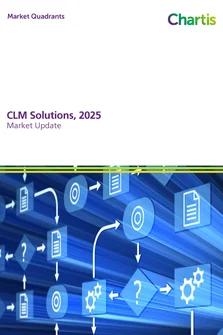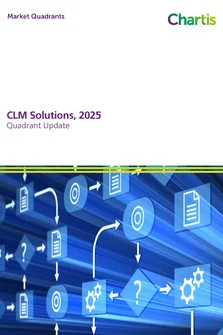<p>The risk technology landscape continues to evolve, shaped by forces at the macro and micro levels: regulatory pressure, the evolution of technology, macroeconomic and geographic factors and, at the organizational level, cultural, financial and structural changes.</p>
<p>This report analyzes how and where financial institutions (FIs) are investing in risk technology, and the wider trends influencing their investment decisions. It has three sections:</p>
<ul>
<li>A high-level overview of FIs’ expenditure.</li>
<li>A summary of notable changes and developments in the categories of spend.</li>
<li>An overview of current trends in the market that are influencing the way – and how much – FIs are spending.</li>
</ul>
<p>In recent years, expenditure on risk technology has enjoyed double-digit growth of 10% to 12%. But in 2017 growth will dip to 6%, as FIs progress from their ‘knee-jerk’, post-regulatory expenditure. As they enter a phase of technology modernization, driven by wide-ranging and transformative regulation such as the Fundamental Review of the Trading Book (FRTB), they will increasingly switch or drop suppliers, pushing down vendors’ growth too.</p>
<p>Notably, these trends are being counterbalanced by the shift from internal to external expenditure. Internal expenditure has dropped by 11% overall, while expenditure on external software and services has risen by 13% and 38% respectively. This is a significant trend: whereas in the past FIs built and developed their IT systems in-house, most are now looking to external providers and applications to do the same work.</p>
<p>These developments echo an overall trend for simplification (whether via new technology options, outsourcing, or a mixture of the two), as FIs look to reduce their Total Cost of Ownership (TCO). This is reflected in the biggest area of risk IT spend among tier 1 FIs: on risk, governance and integration technology – and especially data aggregation. In a typical risk system project, about 80% of the total project lifecycle costs will be spent on getting the data ready, making aggregation the natural home for reducing costs and rationalizing data.</p>
<p>The momentum behind much of the activity in this new phase will be the easier availability of cloud and open-source solutions, which will have a deep impact on FIs’ IT infrastructure and expenditure. Entire open-source solution stacks are now available – as are the small, ‘agile’ companies that can handle them. And the development of new database management environments and programming languages – such as Hadoop, Hazelcast, Memcached, Python, Scala, Julia and R – is creating new solution ecosystems and widening FIs’ options.</p>
<p>Other key trends shaping risk IT expenditure will be:</p>
<ul>
<li>The geographic consolidation of FIs, and the emergence of regional ‘hubs’.</li>
<li>The convergence of finance and risk functions and processes in many organizations.</li>
<li>The spread of risk technology expenditure into non-traditional areas, including client-facing services such as prime brokerage, securities services, collateral and wealth management, all of which increasingly embed risk analytics into their business processes.</li>
</ul>
<p>These trends will filter into most categories of spend in 2017. And attractive new opportunities will open up for vendors, particularly around data solutions, open source, artificial intelligence (AI) and risk as a service.</p>
Only users who have a paid subscription or are part of a corporate subscription are able to print or copy content.
To access these options, along with all other subscription benefits, please contact info@risk.net or view our subscription options here: http://subscriptions.risk.net/subscribe
You are currently unable to print this content. Please contact info@chartis-research.com to find out more.
You are currently unable to copy this content. Please contact info@chartis-research.com to find out more.
Copyright Infopro Digital Limited. All rights reserved.
As outlined in our terms and conditions, https://www.infopro-digital.com/terms-and-conditions/subscriptions/ (point 2.4), printing is limited to a single copy.
If you would like to purchase additional rights please email info@chartis-research.com
Copyright Infopro Digital Limited. All rights reserved.
You may share this content using our article tools. As outlined in our terms and conditions, https://www.infopro-digital.com/terms-and-conditions/subscriptions/ (clause 2.4), an Authorised User may only make one copy of the materials for their own personal use. You must also comply with the restrictions in clause 2.5.
If you would like to purchase additional rights please email info@chartis-research.com


